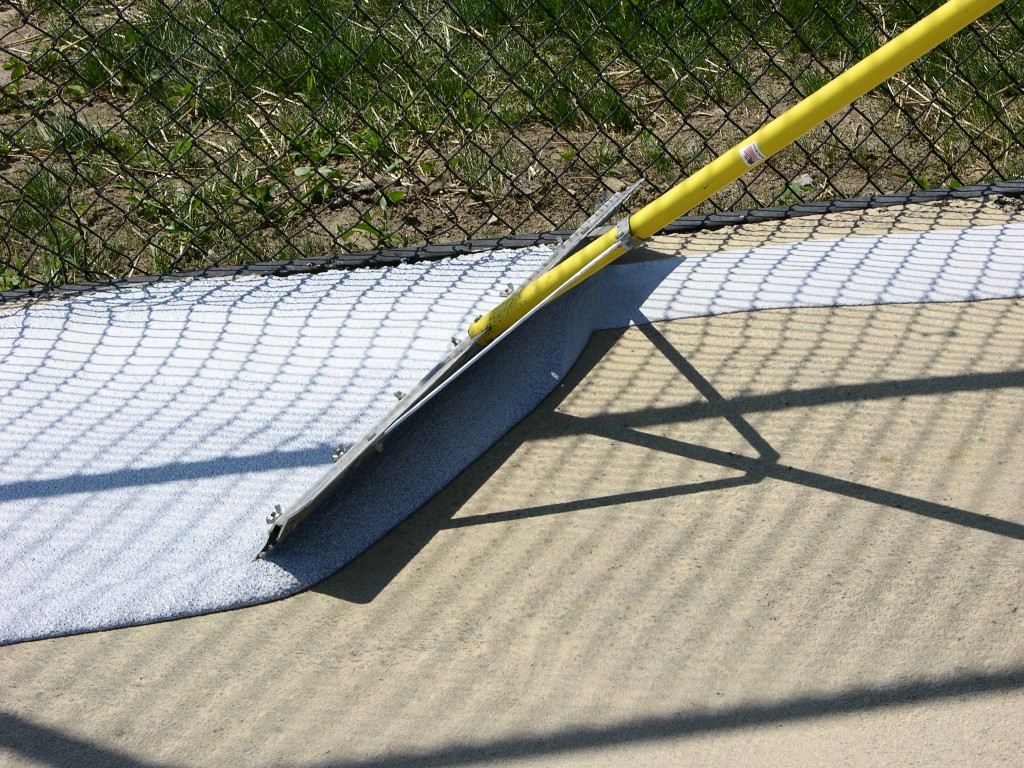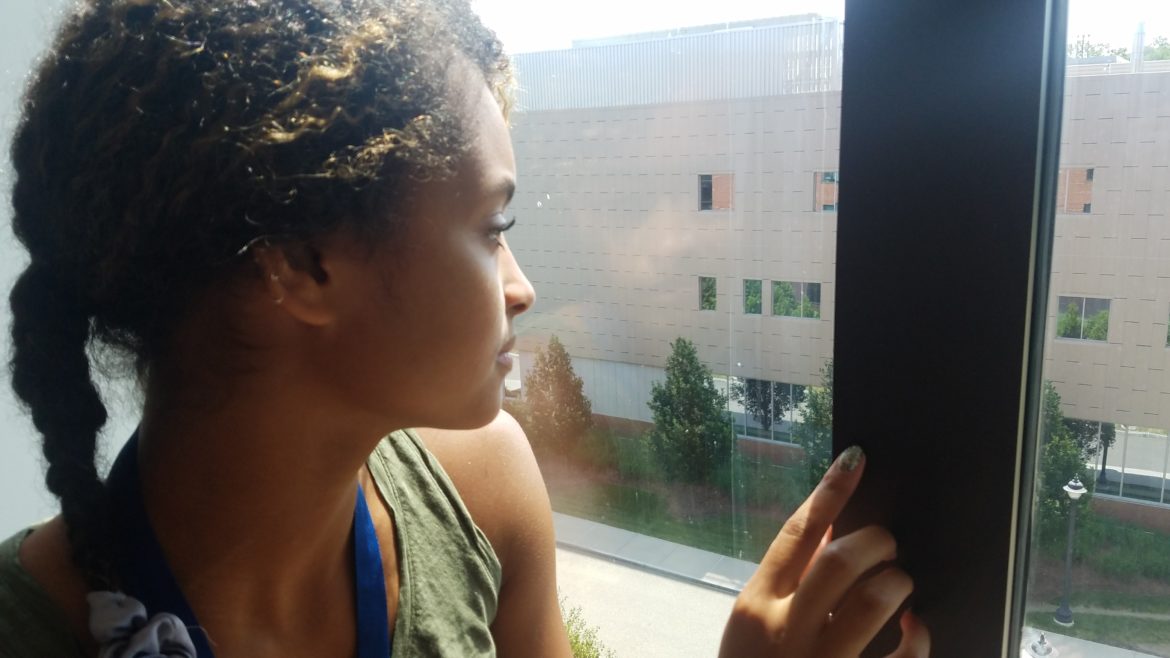Crocodile
G.O.A.T.
The other day I was talking to a very nice lady who is a property investing author and I suggested to her that she should come on down and get into playing tennis and how it was such a great game and a lot of fun. She said to me that she had already tried it but developed a bad case of TE so she gave it away. I also know of a very top junior who also stopped playing due to developing stress fractures and disc issues in his lower back.
I have heard this sort of stuff quite a fair bit over the years and it got me thinking whether we are doing things right and could we make things better and more attractive to tennis players.
There are a couple of areas that I thought would be worth taking about and for this discussion I thought I would just raise the issue on playing surfaces.
In Europe and South America there is lots of clay, the US, Canada and Japan, lots of concrete and harcourt everywhere, where as in Australia while the professional venues have plexi -cushion hard courts many local clubs have synthetic grass and I would imagine the Uk would have some as well plus some clubs have synthetic clay.
With surfaces you have a variety of things you need t look at including cost, attractiveness. maintenance, heat reflection and playability but also health to the players. Even with elite juniors, you don’t want them playing on hard courts for too many weeks in a row so I wonder whether tennis needs to look at the surfaces from a well being and longevity point of view as you want people to enjoy playing for as long as possible into their senior years. Imagine tennis reaching out to the community with the message of how healthy the sport is compared to other sports that wreck the body, after all physical exercise was designed to make you healthier not injured.
Australia has many local clubs with synthetic grass and from a weather point of view you can continue playing during and after a storm or shower however many advanced players don’t like the playing characteristics of the surface snd depending on the age and type of grass the courts can play quite differently. We still have a few natural grass court centres as well. Incidentally does anyone play regularly on the synthetic clay, what’s your view on that?
The European clay needs lots of maintenance especially if it rains a lot and in dry and windy conditions the top dressing can blow away. In Melbourne they used to have a lot of En Tout Cas courts which was their version of clay and New South Wales had loam courts which was a mixture of clay and sand and if it was stabilised it was mixed with concrete powder. These surfaces have diminished due to the need to water them a lot in sumner during drought . A lot of these courts have now being converted to water synthetic grass.
The American green clay seems a lot easier to maintain than the red clay but the dark green to black is not that nice to look at. Maybe they could bleach the surface to be a nicer colour without the problems they had in Madrid with the blue clay which to be fair suffered from bad weather before the event,
Do people have any thoughts about surfaces and whether we could make better recommendations to make the courts better for player health?
Also do many of you have red and orange ball courts for the younger children getting into tennis,
I have heard this sort of stuff quite a fair bit over the years and it got me thinking whether we are doing things right and could we make things better and more attractive to tennis players.
There are a couple of areas that I thought would be worth taking about and for this discussion I thought I would just raise the issue on playing surfaces.
In Europe and South America there is lots of clay, the US, Canada and Japan, lots of concrete and harcourt everywhere, where as in Australia while the professional venues have plexi -cushion hard courts many local clubs have synthetic grass and I would imagine the Uk would have some as well plus some clubs have synthetic clay.
With surfaces you have a variety of things you need t look at including cost, attractiveness. maintenance, heat reflection and playability but also health to the players. Even with elite juniors, you don’t want them playing on hard courts for too many weeks in a row so I wonder whether tennis needs to look at the surfaces from a well being and longevity point of view as you want people to enjoy playing for as long as possible into their senior years. Imagine tennis reaching out to the community with the message of how healthy the sport is compared to other sports that wreck the body, after all physical exercise was designed to make you healthier not injured.
Australia has many local clubs with synthetic grass and from a weather point of view you can continue playing during and after a storm or shower however many advanced players don’t like the playing characteristics of the surface snd depending on the age and type of grass the courts can play quite differently. We still have a few natural grass court centres as well. Incidentally does anyone play regularly on the synthetic clay, what’s your view on that?
The European clay needs lots of maintenance especially if it rains a lot and in dry and windy conditions the top dressing can blow away. In Melbourne they used to have a lot of En Tout Cas courts which was their version of clay and New South Wales had loam courts which was a mixture of clay and sand and if it was stabilised it was mixed with concrete powder. These surfaces have diminished due to the need to water them a lot in sumner during drought . A lot of these courts have now being converted to water synthetic grass.
The American green clay seems a lot easier to maintain than the red clay but the dark green to black is not that nice to look at. Maybe they could bleach the surface to be a nicer colour without the problems they had in Madrid with the blue clay which to be fair suffered from bad weather before the event,
Do people have any thoughts about surfaces and whether we could make better recommendations to make the courts better for player health?
Also do many of you have red and orange ball courts for the younger children getting into tennis,
Last edited:






